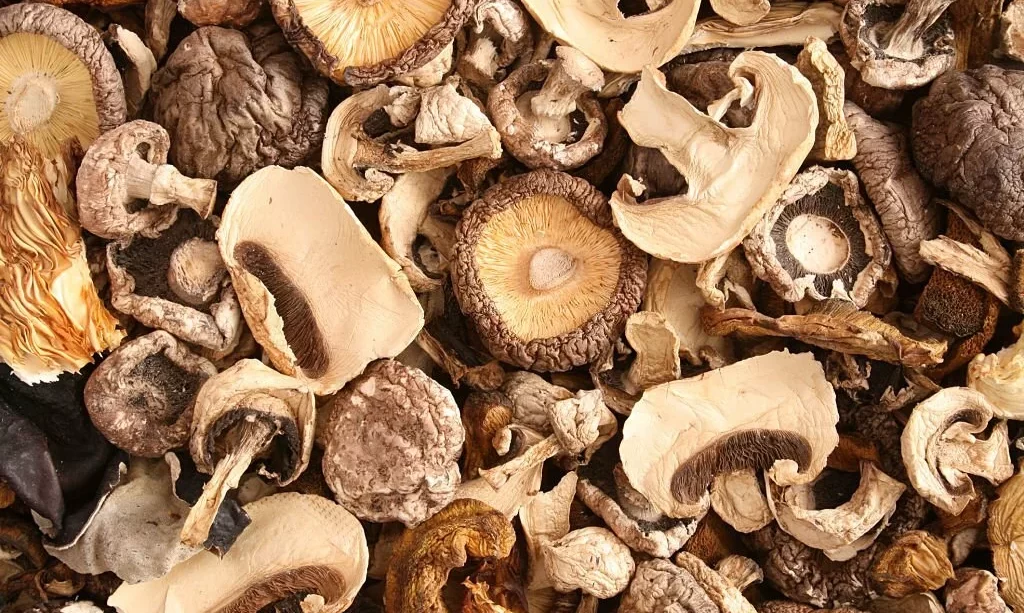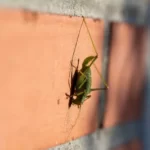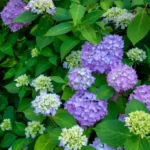The world of home mushroom cultivation has experienced a surge in popularity in recent years, drawing the attention of both culinary enthusiasts and nature lovers. Growing your own mushrooms can be a rewarding and sustainable venture, allowing you to enjoy a fresh, organic supply of these versatile fungi right in your home. Yet, as the interest in mushroom cultivation grows, so do the questions surrounding the methods and resources available. One such question that often arises is whether it’s possible to grow mushrooms from dried specimens. In this comprehensive guide, we will embark on a journey to explore the fascinating world of mushroom cultivation and determine whether dried mushrooms can serve as a viable starting point for your homegrown fungi.
The Basics of Mushroom Cultivation
To understand the possibility of growing mushrooms from dried counterparts, it’s essential to establish a fundamental understanding of mushroom cultivation. Mushroom cultivation is both an art and a science, involving a combination of biology, horticulture, and patience. At its core, this process requires the presence of mycelium, the fungal equivalent of plant seeds. Mycelium is the vegetative part of the fungus, responsible for nutrient absorption and growth.
The cultivation of mushrooms hinges on the mycelium’s ability to colonize a substrate, which is essentially the material that provides the necessary nutrients for mushroom growth. Common substrates include straw, wood chips, or specially prepared mixtures of materials. Once the mycelium has thoroughly colonized the substrate, it forms tiny mushroom primordia, which eventually develop into the mature mushrooms we’re familiar with.
Moreover, successful mushroom cultivation demands specific environmental conditions, such as the right temperature, humidity, and fresh air exchange. In this complex but fascinating process, growing mushrooms from dried specimens introduces a unique twist to the art of mushroom farming. In the following sections, we’ll delve deeper into the intricacies of this method to determine if dried mushrooms can be a viable starting point for your own homegrown mushroom adventure.
Types of Mushrooms Suitable for Cultivation
Before exploring the use of dried mushrooms in cultivation, it’s crucial to understand which types of mushrooms are suitable for home growing. Several varieties are well-suited for amateur mycologists and offer diverse flavors and textures. Among the most popular choices are oyster mushrooms, shiitake mushrooms, and white button mushrooms. These species are renowned for their adaptability to cultivation, making them excellent options for those new to mushroom farming.
- Oyster Mushrooms: Oyster mushrooms are a favorite among home cultivators due to their rapid growth and delicious taste. They come in various colors and flavors, and some strains are known for their medicinal properties.
- Shiitake Mushrooms: Shiitake mushrooms are widely appreciated for their umami flavor and are often used in Asian cuisine. They require a bit more patience and specific growing conditions but can be a rewarding choice for enthusiasts.
- White Button Mushrooms: White button mushrooms are familiar to most, often seen in grocery stores. They are relatively easy to grow and can be an excellent starting point for those new to mushroom cultivation.
Understanding the unique characteristics of these mushrooms and their growing requirements is essential when considering whether to use dried specimens as a starting point for cultivation.
Dried Mushrooms as a Starting Point
Using dried mushrooms as a starting point for cultivation is a concept that piques the interest of many aspiring mycologists. Dried mushrooms can serve as a source of spores or mycelium, both of which are essential for mushroom growth. Spores are the microscopic reproductive units of mushrooms, akin to plant seeds, while mycelium is the network of fungal threads responsible for growth.
Dried mushrooms may contain viable spores that, when properly handled, can be used to initiate the growth of new mushrooms. However, it’s worth noting that this method can be more challenging than traditional cultivation using spore prints or liquid culture.
The process begins with rehydrating the dried mushroom, followed by carefully collecting and transferring spores or mycelium to a prepared substrate. While it’s an intriguing experiment, there are certain challenges and limitations that must be considered, such as the potential presence of contaminants and the need for a sterile environment.
The Process of Growing Mushrooms from Dried Mushrooms
Growing mushrooms from dried specimens is a process that requires meticulous attention to detail and a degree of experimentation. The steps involved include:
- Rehydration: Begin by rehydrating the dried mushroom. Place it in a container with distilled water and allow it to soak, reactivating the spores or mycelium.
- Spore or Mycelium Transfer: After rehydration, you will need to carefully extract spores or mycelium from the dried mushroom. This process should be done under as sterile conditions as possible.
- Inoculation: The collected spores or mycelium are then introduced to a prepared substrate. The substrate provides the necessary nutrients for growth.
- Colonization: Over time, the mycelium will colonize the substrate, spreading its network and absorbing nutrients.
- Fruiting: Once the substrate is fully colonized, tiny mushroom primordia will begin to form, eventually developing into mature mushrooms.
The success of this process is influenced by factors like cleanliness, the quality of the dried mushroom, and environmental conditions. It’s important to approach this method with patience and a willingness to learn from potential setbacks. While it can be a rewarding experiment, it may not be the most straightforward way to begin your mushroom cultivation journey.
Potential Challenges and Limitations
Growing mushrooms from dried specimens presents several challenges and limitations that prospective cultivators should be aware of. These include:
- Contamination Risk: Dried mushrooms may carry contaminants that can compete with the spores or mycelium for nutrients. Maintaining a sterile environment is crucial to mitigate this risk.
- Viability of Spores: The viability of spores within dried mushrooms may be reduced due to the drying process. There’s no guarantee that all spores will be viable for cultivation.
- Consistency: The consistency of results can be unpredictable, as the process depends on various factors, including the quality of the dried mushroom, environmental conditions, and the grower’s expertise.
- Time and Patience: Growing mushrooms from dried specimens may take longer compared to other cultivation methods. Patience is required throughout the process.
Tips and Best Practices
To increase your chances of success when growing mushrooms from dried specimens, consider these tips and best practices:
- Start with Quality Dried Mushrooms: Choose dried mushrooms that are free from visible signs of contamination and are as fresh as possible.
- Sterilize Equipment: Maintain a clean and sterile environment by sterilizing equipment and following proper hygiene practices.
- Use Agar Plates: Consider using agar plates for spore or mycelium transfer. This method provides a controlled environment for growth.
- Research and Learn: Educate yourself about the specific requirements of the mushroom species you intend to grow and the intricacies of the chosen method.
- Monitor Environmental Conditions: Pay close attention to temperature, humidity, and air exchange, as these factors play a significant role in the success of your cultivation.
- Don’t Rely Solely on Dried Mushrooms: While growing from dried specimens can be a fascinating experiment, it’s advisable not to rely solely on this method for mushroom cultivation. Explore other approaches for more consistent results.
Conclusion
In conclusion, the concept of growing mushrooms from dried specimens is an intriguing endeavor for those interested in mushroom cultivation. It offers an unconventional approach that allows you to utilize dried mushrooms as a potential source of spores or mycelium for starting your mushroom farming journey.
However, it’s essential to approach this method with a degree of caution, as it introduces unique challenges and uncertainties. Successful cultivation from dried specimens demands a level of expertise in sterile technique and a willingness to learn from potential setbacks.
For beginners and those seeking more reliable results, traditional methods like spore prints or liquid culture may be a more dependable way to commence your mushroom cultivation adventure. Regardless of the approach you choose, mushroom farming can be a rewarding and educational hobby, allowing you to enjoy a fresh supply of these delectable fungi right at home.



